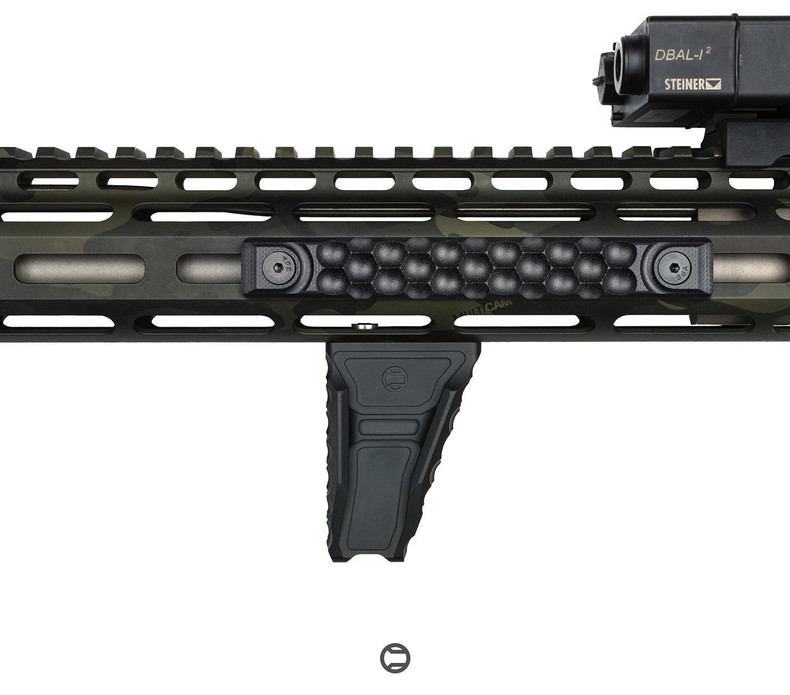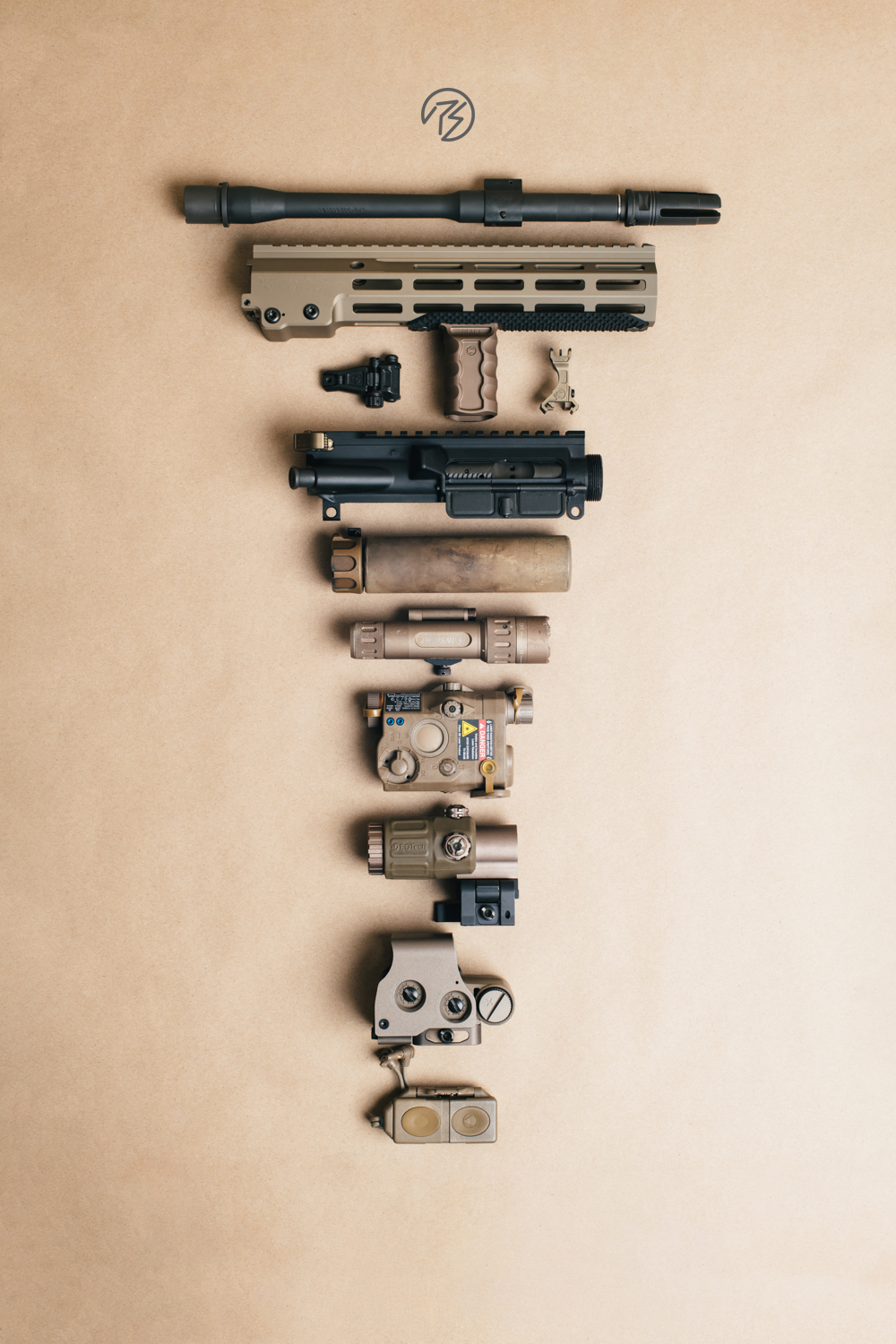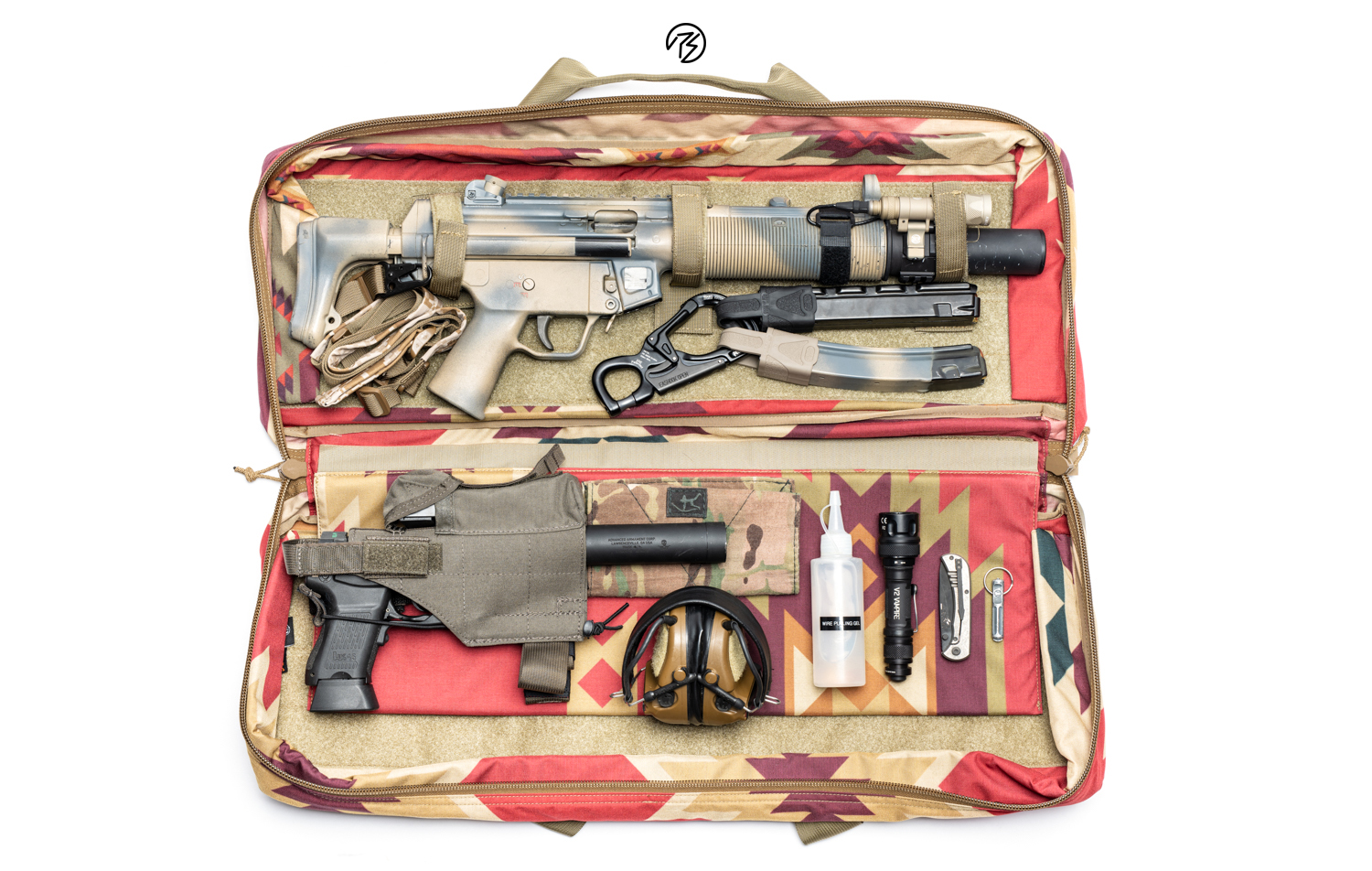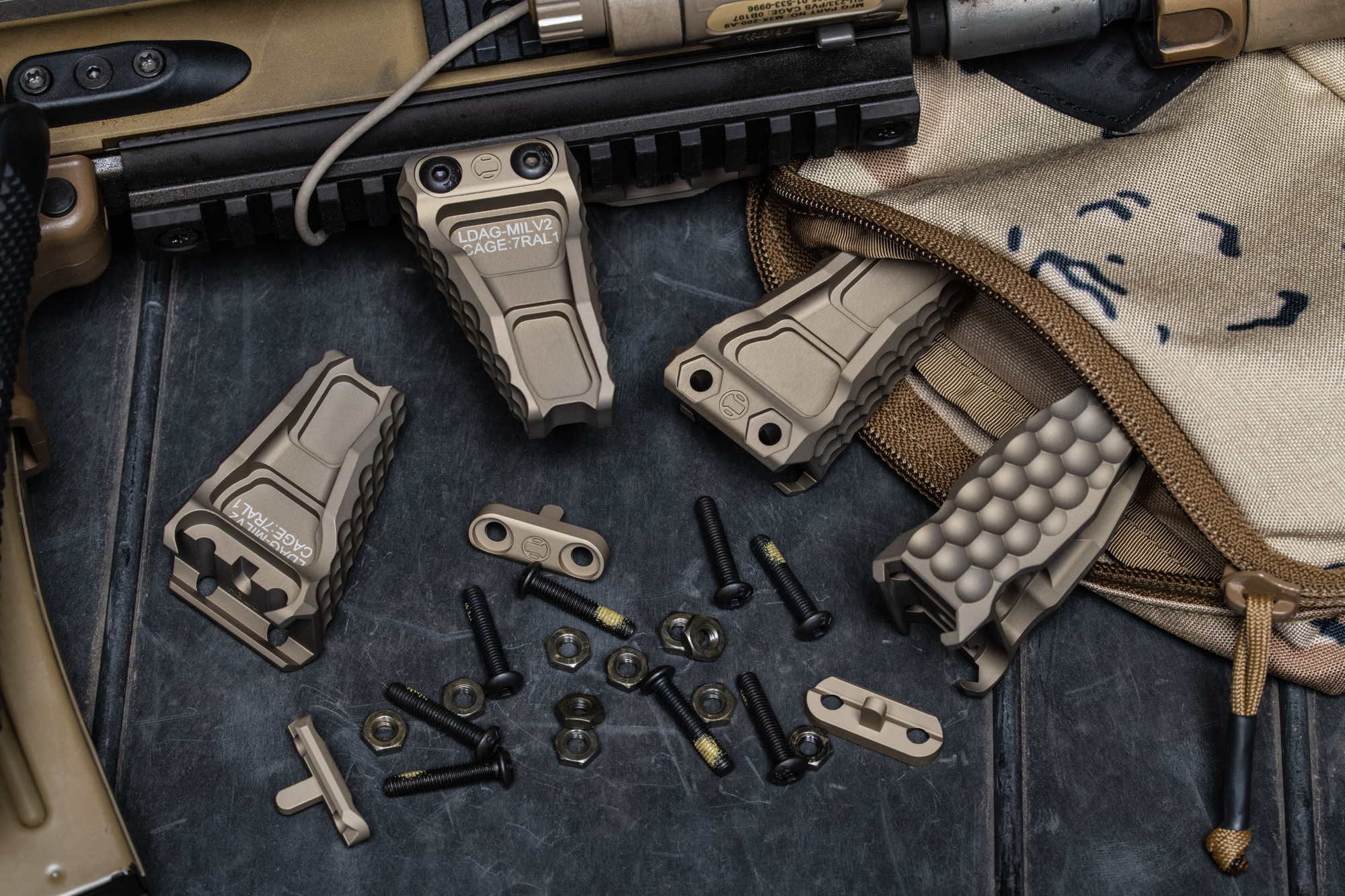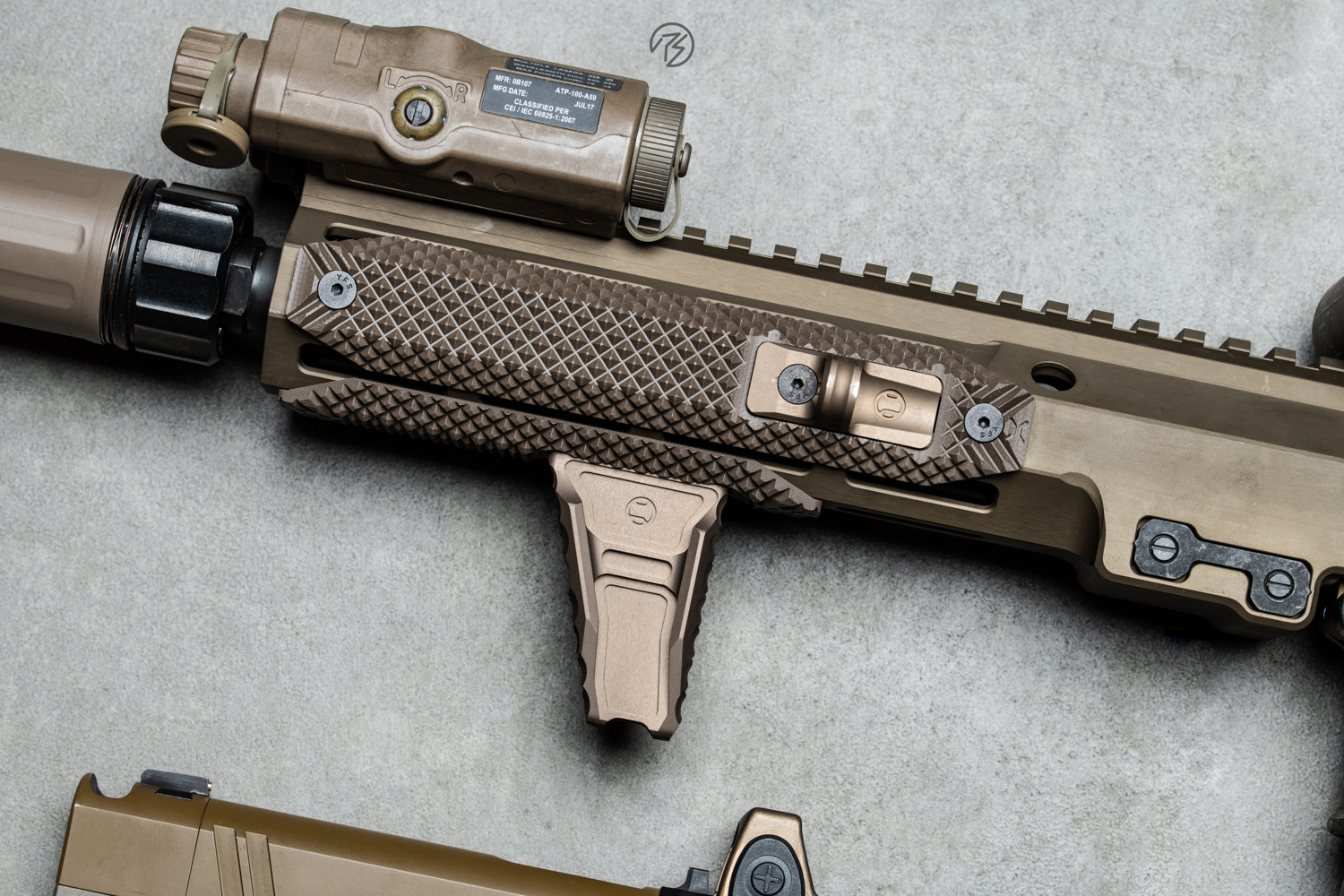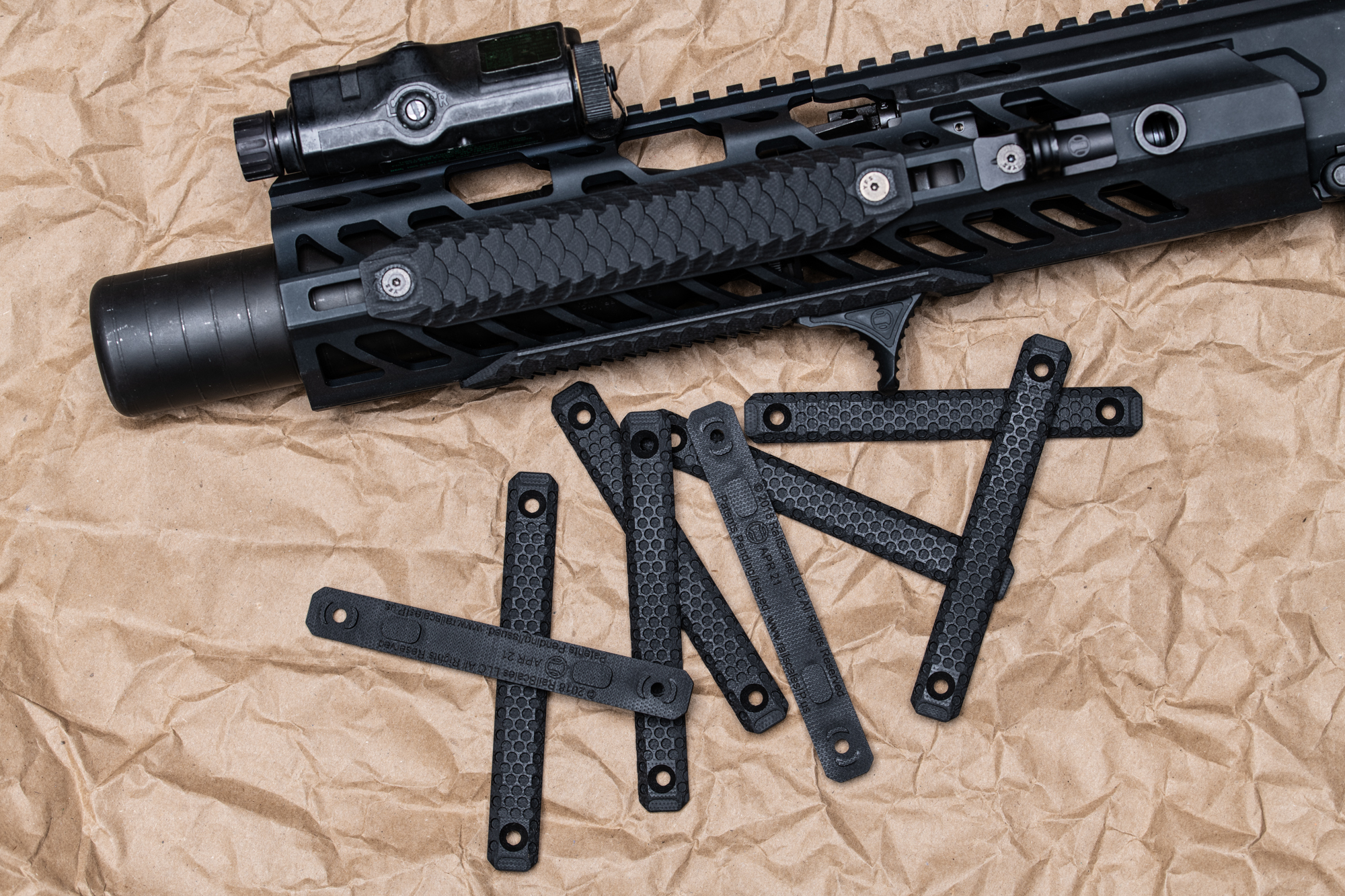History of Gunsmiths
Gunsmithing is a trade that has evolved alongside the development of gunpowder and firearms. The invention of gunpowder is attributed to the Chinese, who accidentally discovered it in 904 AD. Initially, the Chinese wished to keep this technology a secret, but it slowly spread throughout the Middle East and eventually reached Europe. The introduction of gunpowder led to the development of fire lances, which gradually evolved into the firearms we are familiar with today.
Gunsmith Origins
The first depiction of a gun dates back to the 12th century in China. As the technology traveled along the Silk Road, it reached the Middle East in the late 13th and early 14th centuries. Italian craftsmen played a crucial role in the advancement of firearms by producing the first gun barrels. This prompted the need for skilled individuals in the manufacturing of firearms to emerge.
During the early stages of gunsmithing, the trade developed slowly due to its novelty. Many national governments recognized the potential of firearms and started acquiring and stockpiling them for use in wars. As a result, gunsmiths began to emerge around these government entities. In the Middle Ages, craftsmen typically needed to be members of guilds to be legitimized and attract customers. However, since gunsmithing was a relatively new craft, there were no specific guilds for gunsmiths. Therefore, gunsmiths often joined the closest existing guild, which was that of blacksmiths, who worked with armor and metal.
Early European Advances
Given the newness of firearms, gunsmiths had to rely on their own skills and experience. There were no comprehensive manuals available to guide them in the process of manufacturing, repairing, or even using guns. Early gunsmiths spent countless hours toiling and making numerous mistakes until they achieved the desired results. Crafting a single gun during those times could take up to 400 hours. Gunsmiths required knowledge in various fields, including woodworking, metalworking, and the emerging technology of gunpowder. Apprentice gunsmiths dedicated years to learning and perfecting the craft.
In the mid-to-late 1400s, gunsmith guilds began to form as more individuals acquired firearms and sought services for repairs and modifications. Most of these guilds were established in continental Europe, while England lagged behind in firearm technology. Realizing the need to catch up, King Henry VIII invited leading gunsmiths from Europe to live and work in London, particularly near the Tower of London, where Britain stockpiled its weapons. This influx of skilled gunsmiths significantly contributed to the advancement of firearm technology in England.
History of Gunsmithing in America
Across the Atlantic, in the American colonies, gunsmithing played a vital role in the nation's history. Americans embraced the entrepreneurial spirit and made significant contributions to firearm design by inventing the long rifle. The long rifle featured a long barrel that facilitated shooting fast-moving prey, such as deer and bears, in the North American wilderness. This innovation allowed pioneers to survive while settling in the West. The long rifle used less black powder compared to other rifles and better suited the needs of colonial America. Handguns, on the other hand, were largely imported from Britain.
During the era of westward expansion and the Wild West, gunsmiths thrived. Pioneers relied on gunsmiths for the supply of weapons, ammunition, and repairs necessary for hunting game and personal protection. The demand for guns surged even further during the American Civil War, driving the growth of the gunsmithing trade.
With the onset of the Industrial Revolution, the manufacturing of firearms became more streamlined, and firearms began to be mass-produced. However, the demand for high-quality, handmade guns and customized weaponry remained strong. Gunsmiths today continue to flourish, creating beautiful firearms that are not only functional but also serve as works of art. They cater to customers who appreciate the craftsmanship and personalization that comes with owning a custom-made firearm.
Amidst this tradition of excellence, RailScales stands out as a provider of top-quality rail covers and hand stops. Their rail covers are made with G10 fiberglass laminate, a durable and heat-resistant material. The thin and textured design of their hand stops ensures a superior grip, even in inclement weather conditions. RailScales offers a wide range of sizes and colors to suit various firearms, from the iconic Springfield 1911 to the popular AR15.
RailScales - Common Day Gunsmiths
RailScales' rail covers allow for ultimate customization, enabling users to place them in different positions on their firearms. The covers are secured tightly using screws, ensuring a secure fit and easy installation. Additionally, the hand stops are designed with smaller hands in mind, making them suitable for shooters of all ages. By providing excellent heat protection and a reliable grip, RailScales' rail covers and hand stops contribute to improved accuracy and overall shooting comfort.
In conclusion, the trade of gunsmithing has a rich and storied history that parallels the development of firearms. From its early days as a nascent craft to the formation of guilds and the rise of firearm technology, gunsmithing has evolved alongside societal needs and technological advancements. In the modern era, gunsmiths continue to thrive, catering to the demand for high-quality, custom firearms. RailScales' rail covers and hand stops exemplify the commitment to excellence and innovation within the gunsmithing industry, providing shooters with reliable and customizable accessories that enhance grip, heat protection, and overall shooting performance.

